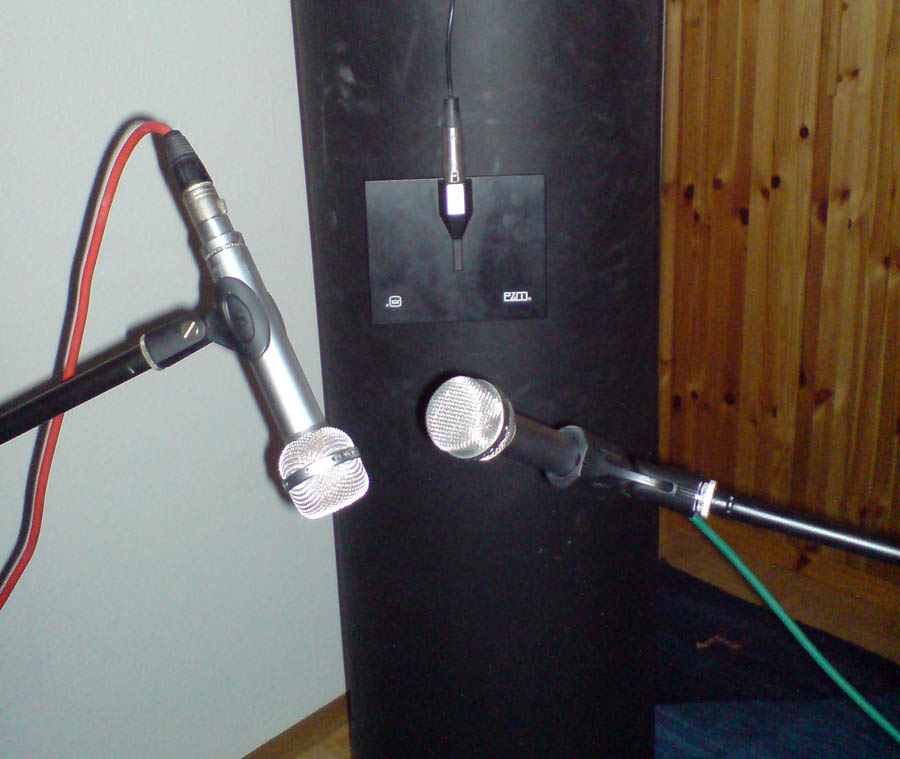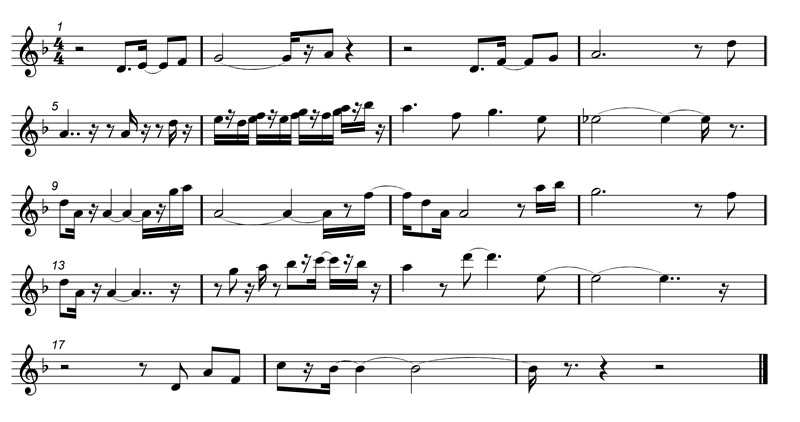The first track of the album to get recorded.
I had that defined as “something melancholic with some synths (the main one being a FM one) and a soprano sax lead”. And of course, with a track length of around 1 minute.
I started off with the comping part, performed on a NI FM7, using an edited version of one of the presets. The main structure of the song is a simple A-B, meaning two different harmonic progressions. I then added additional synth parts for the B section (a HALion cello and some running arpeggiators from Hermann Seib’s PPG Wave VST through Steinberg’s tonic), and just in the background, a slow passive theme using Absynth.
During that stage, I also wrote the melody for the soprano sax and recorded that on a synth guide track.
Next step: the soprano sax. I hadn’t been playing for a lot of time, so it was to be expected that it would take me some time to get it right. Of course, my trusted Cuesnon soprano sax was used (using a medium soft reed). For recording, I decided on a mid/close combo: there was a pair of Beyer M160 ribbons, picking up the upper and lower part of the instruments (pointed at the toneholes) from about 10cm distance. These were sent through a RME Quadmic. For the mid distance, I decided to use my Crown PZM-30 PZM omni (did I already mention that I like the sound of omnis?). The PZM was hung in front of my punching bag at about 1m distance from the sax, so as to capture an even distribution of its sound. The PZM also makes sense here because it doesn’t capture local reflections or sound from behind the half-omni structure, so I didn’t need to mind the mirrors about 2m behind the punching bag.
For the recording process per se, using my new Frontier TranzPort wireless remote for Cubase helped a lot: I usually record in a different room than that where the computer is sitting, using a multicore to connect both microphones and heaphone monitoring feeds. In the past, I would use one of the return channels to patch in a footswitch, so I could at last start/stop recording from the other room. Of course, this still meant a lot of commutes between both rooms.
With the TranzPort, I can now control all the recording-relevant functions (transport, arming tracks, jumping to locators, muting/unmuting tracks) easily from the recording room, as well as get some optical feedback and even adjust/control levels.
And finally: suggestions for a good title are gladly accepted! Enjoy!


